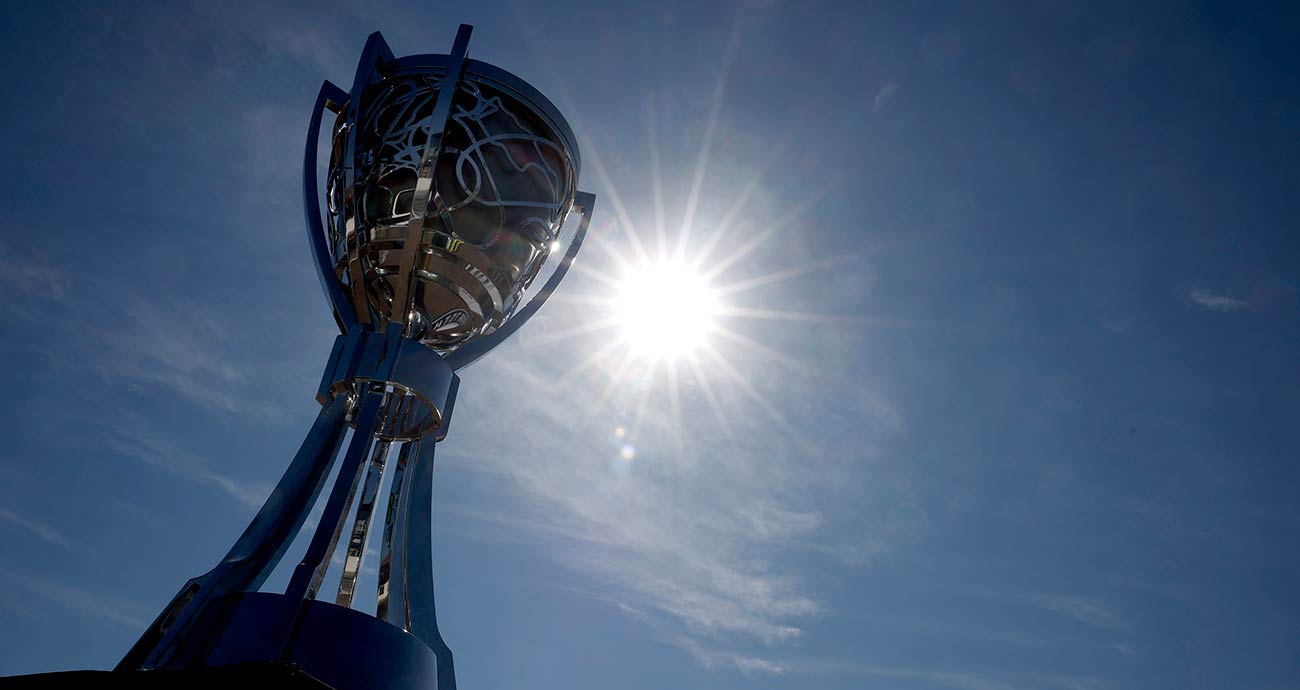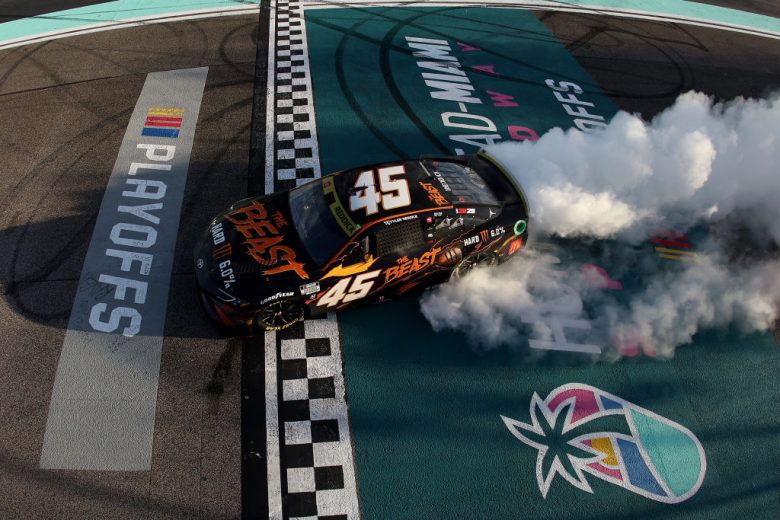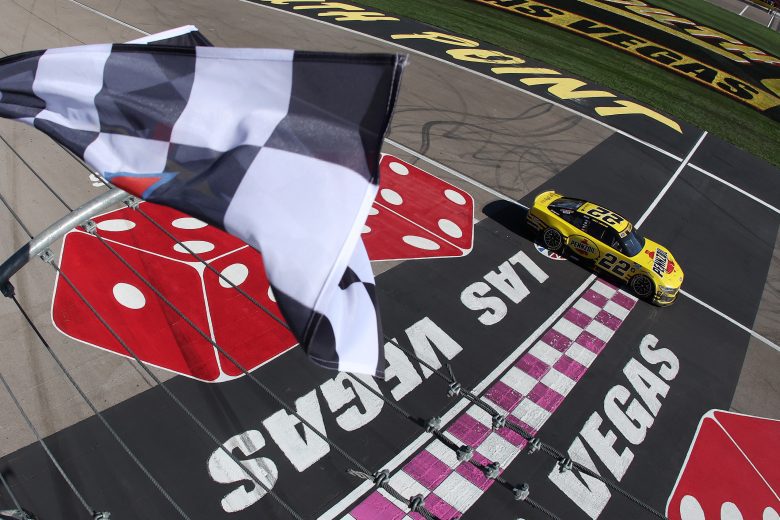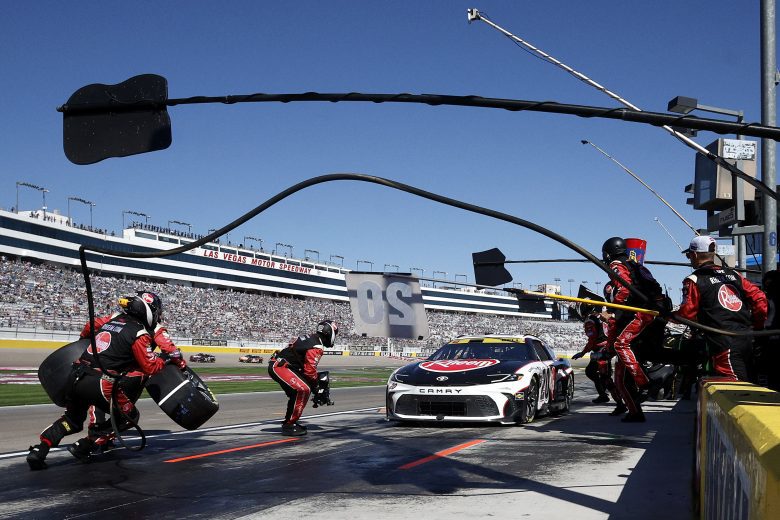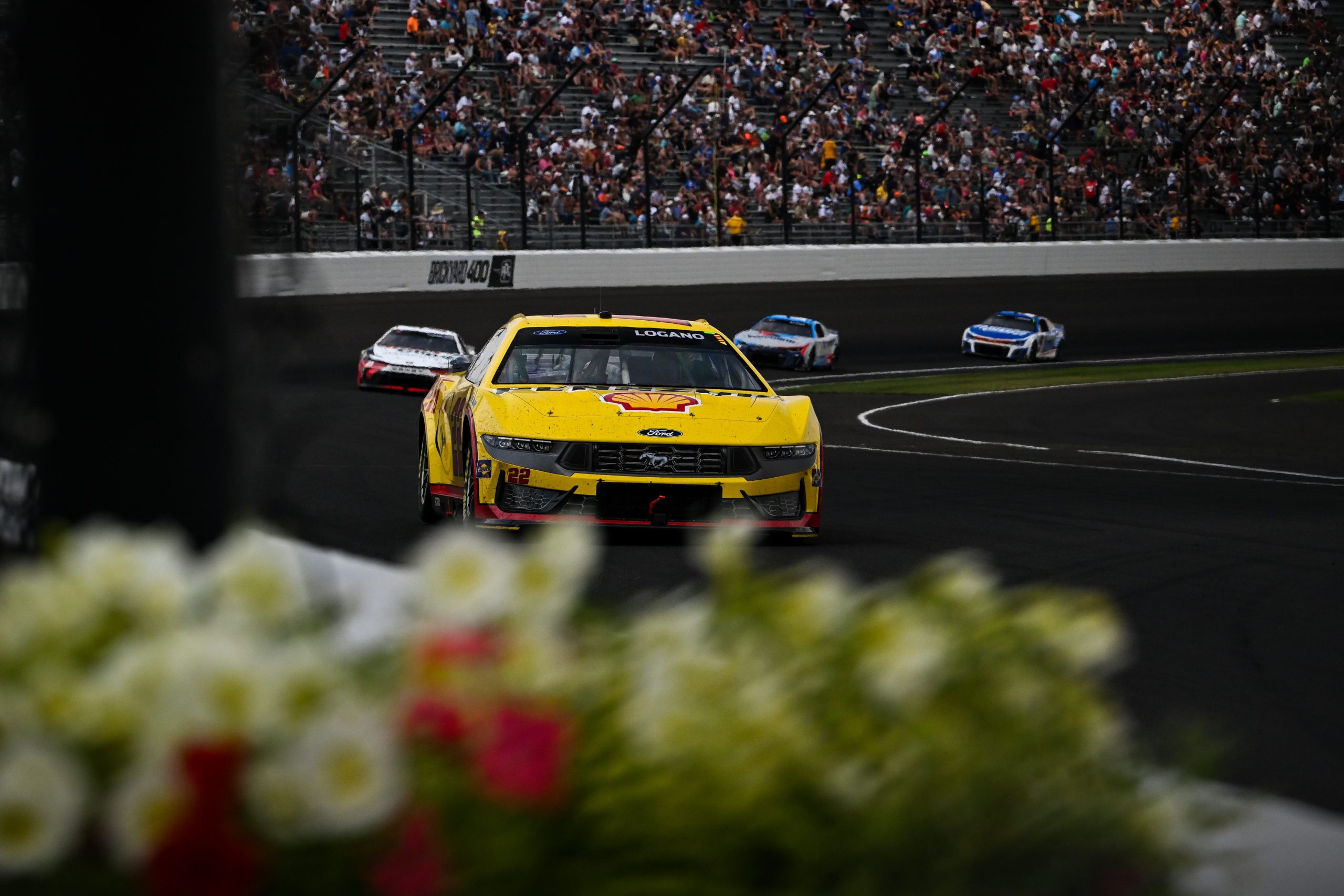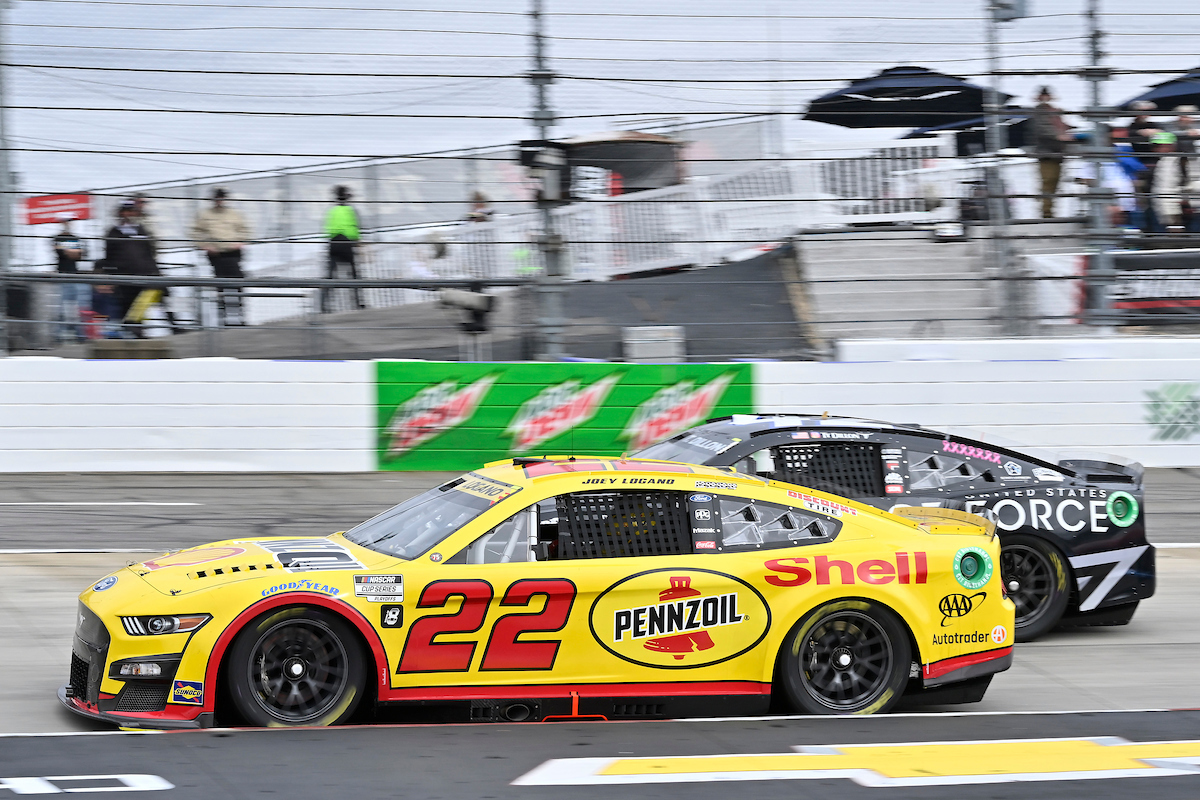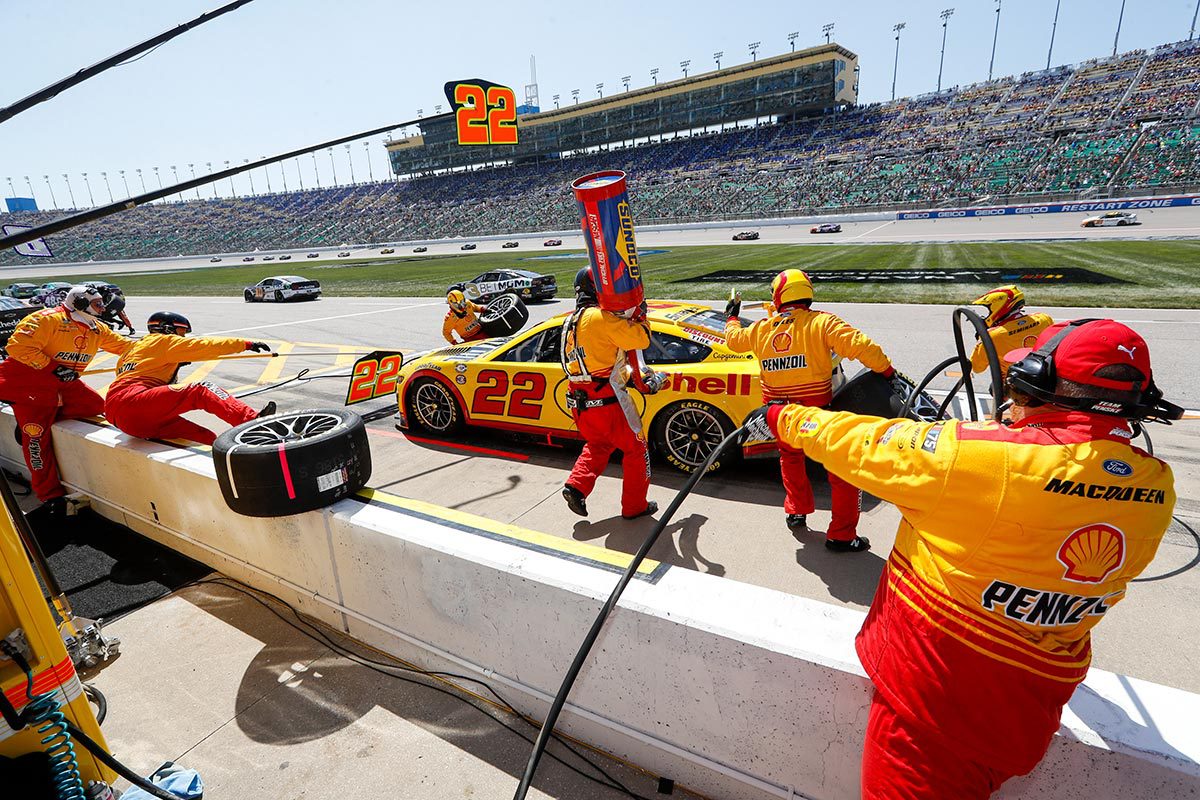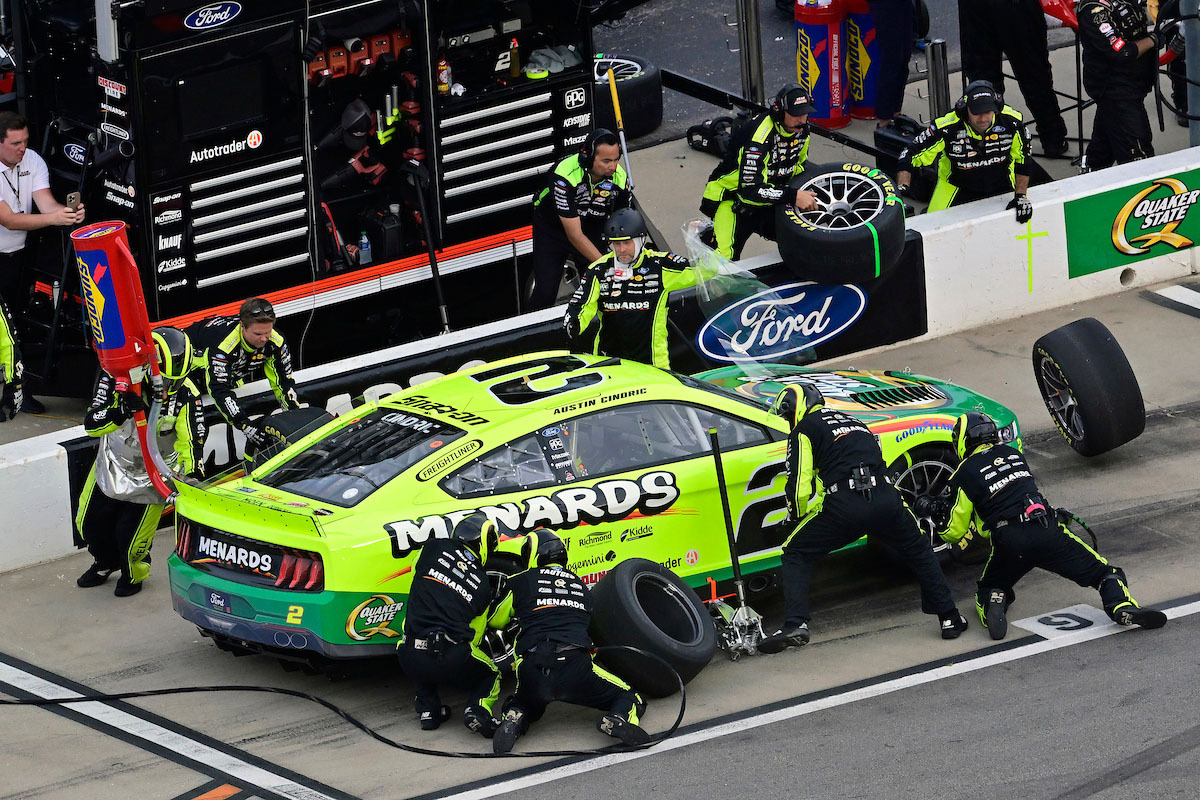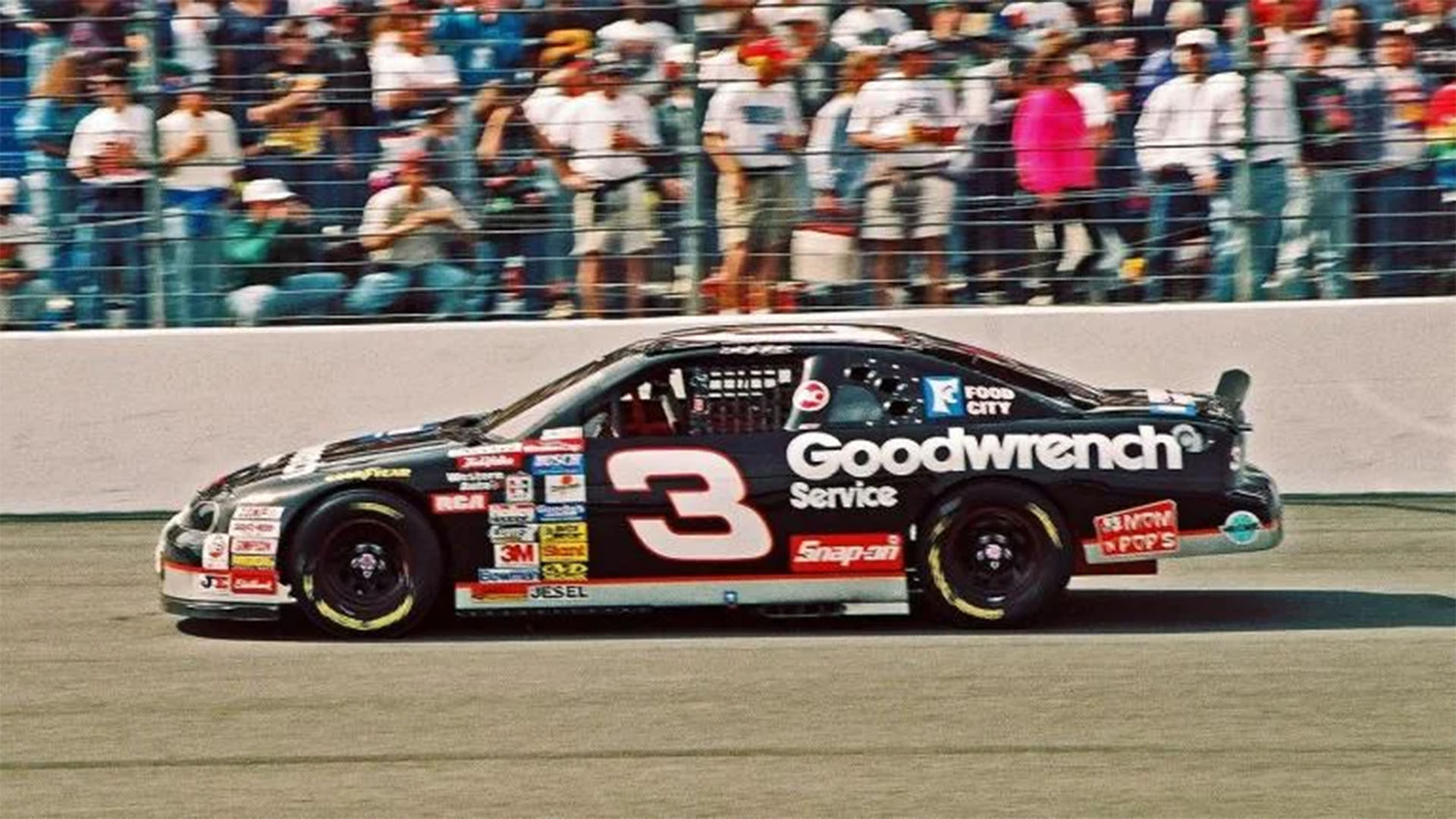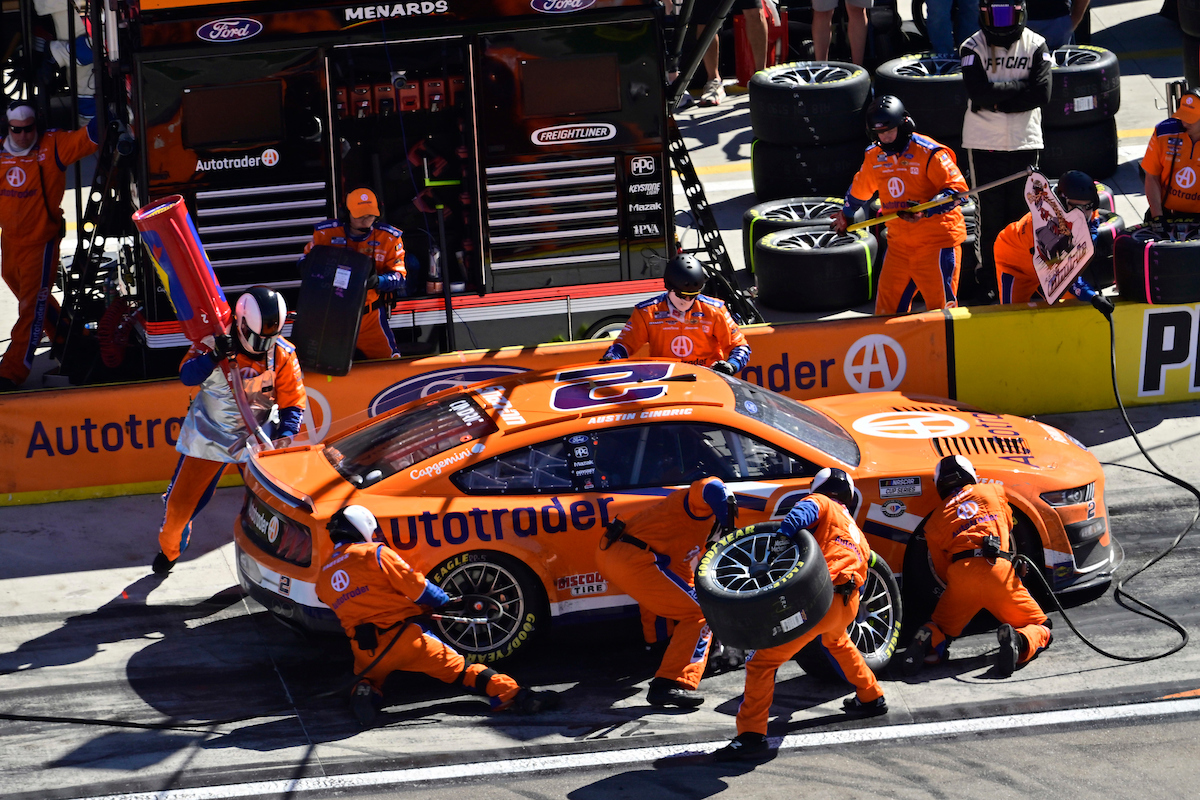Why Does NASCAR Only Turn Left: Understanding the Tradition and Safety Strategy
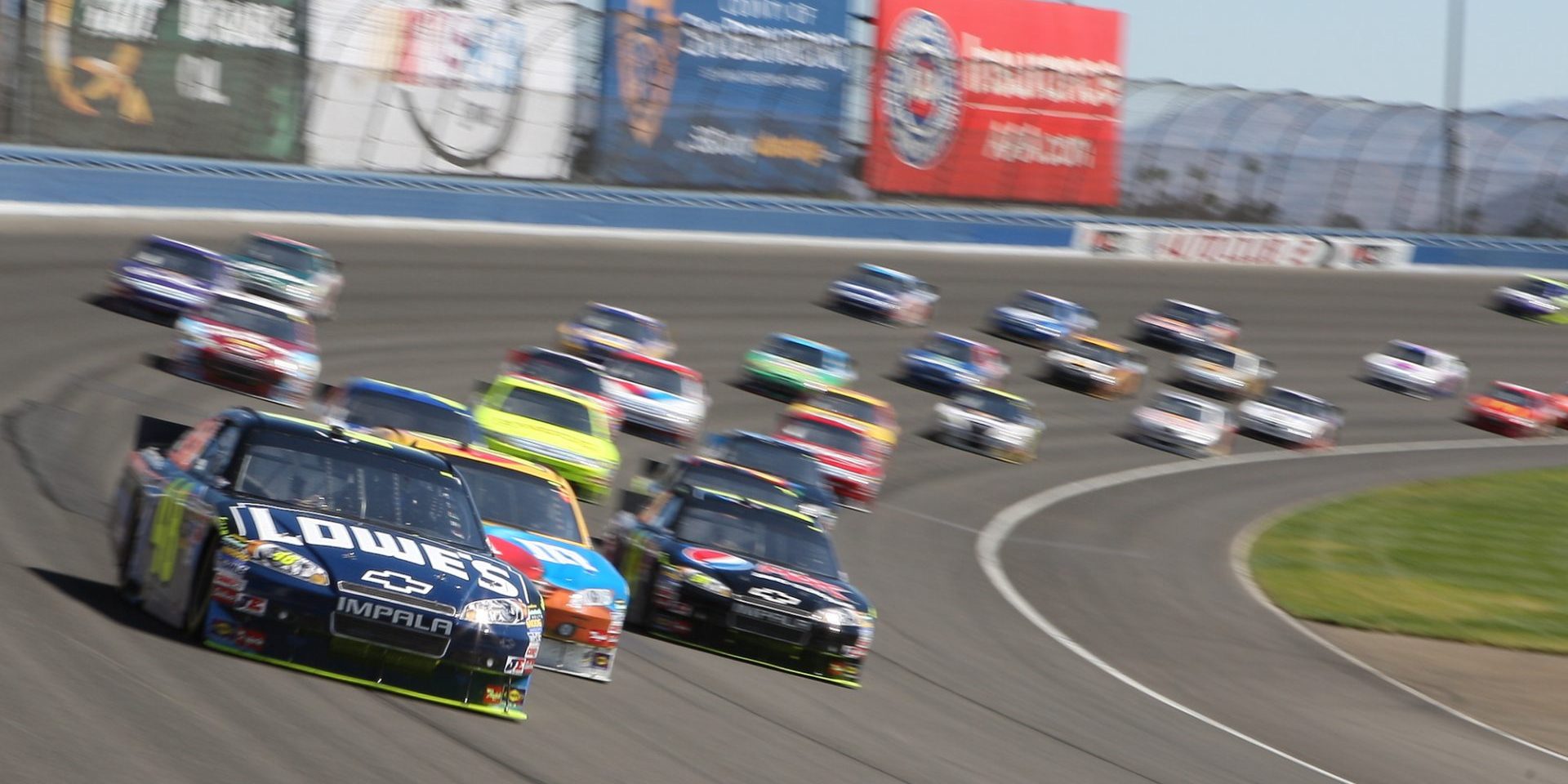
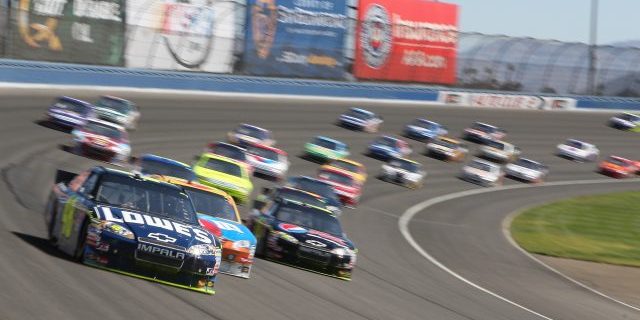
NASCAR is known for its high-speed oval track racing where drivers predominantly make left turns. This characteristic has roots in the early days of auto racing and is closely related to the design of the vehicles and the tracks. Oval tracks dominate the sport, and these circuits require a counterclockwise direction of racing, which means that the cars continuously turn left. The orientation and geometry of these ovals are deliberate, taking into account factors like physics and driver safety.
The preference for left turns in NASCAR also aligns with the physics of vehicle dynamics and the force distribution around a car as it navigates a bend. When entering a left turn, the centrifugal force tends to push the weight of a car onto its right-side tires, which typically have to bear the brunt of lateral forces due to the car’s speed and the track’s banking. This phenomenon is complemented by the counterclockwise race direction, which has become standardized in oval track racing. Notably, while NASCAR race cars are specialized for persistent left-hand turns, they are fully capable of turning right, and this ability is utilized in road course events that feature both right and left turns.
Table of Contents
Historical Backdrop of Left Turns
The historical preference for left turns in NASCAR has its roots in earlier racing traditions and societal developments. These have shaped not only the sport’s regulations but its very character.
Origins in Horse Racing
In England, horse racing circuits traditionally ran clockwise, a practice that changed post-American Revolution. American tracks, starting with the Narragansett Trotting Park, adopted a counter-clockwise direction, significantly influencing later motor sports.
Prohibition Era and Bootleggers
During Prohibition, American bootleggers modified their cars for speed to evade law enforcement, often racing at night on backroads. These drivers preferred left turns, as this allowed the driver’s door – the heavier part due to added reinforcements to protect against attacks – to be on the inside of the turn, lowering the risk of rollover.
Establishment of NASCAR Traditions
NASCAR’s formal ruleset, established in Daytona in the late 1940s, codified the left-turn tradition. This was a continuation of the earlier American racing practices, maintaining the counter-clockwise direction that provided familiarity for drivers and added safety features consistent with vehicle designs at the time.
Safety Considerations
In NASCAR, every aspect of the race is designed with safety in mind, particularly at the high speeds that come with oval racing. This section explores how these considerations extend to drivers, spectators, and vehicle engineering.
Driver Safety Features
Driver safety in NASCAR is enhanced through a combination of vehicle design and track configuration. The cars are engineered to withstand high-speed impacts and direct forces away from the driver. Key features include the use of a Safer Barrier system on the walls surrounding the track, which absorbs impact energy more effectively, reducing the risk of serious injury during a crash. Additionally, the driver’s seat is positioned towards the left side of the car, providing a buffer zone on the passenger side and substantially decreasing the likelihood of driver injuries in the event of an accident.
Spectator Safety Concerns
Spectator safety at NASCAR events is protected by ensuring crashes are less severe when they occur. This is facilitated by the fact that the cars predominantly turn left, which positions the driver’s side away from the outer walls. Should a vehicle lose control, it’s more likely to hit the wall with the passenger side, thereby minimizing debris field and force direction toward the stands, which is critically important in protecting spectators from high-speed crash-related fatalities.
Vehicle Dynamics
At the high velocities experienced during NASCAR races, maintaining control over the vehicle is key. Cars are configured, or “set up,” to handle the asymmetric forces exerted by almost exclusively leftward turns. This specialization in vehicle dynamics aids in a driver’s ability to manage the car’s handling and stability during left turns, reducing the occurrence of loss of control and potential crashes. Tuning cars for left-hand turns simplifies the variables involved in car setup and allows teams to optimize engine performance, tire wear, and overall physics for a more predictable driving experience.
Technical Aspects of Left-Turn Racing
In NASCAR, the predominance of left-turning requires specialized designs in both track configuration and car engineering, each influencing race strategy and driver control.
Oval Track Design and Function
Oval tracks are central to NASCAR racing, presenting unique challenges and requiring specialized driving strategies. Shaped to accommodate continuous left-hand turns, these tracks are typically designed in a “D” shape to enhance the spectators’ view and the drivers’ entry into corners. They stress the importance of:
- Endurance: Drivers must maintain high speeds for extended periods while managing tire wear and fuel levels.
- Skill: Consistently navigating turns demands precision and the ability to adjust racing lines as track conditions change.
The Physics of Turning Left
When NASCAR drivers turn left, the physical dynamics of momentum and force come into play. Turning counterclockwise allows for a natural weight transfer corresponding to the driver’s left-side position in the vehicle. Key aspects include:
- Centripetal Force: Maintaining control while the force pushes the car outward during a left turn.
- Inertia: Ensuring the car’s mass continues moving forward while simultaneously navigating the turn.
Vehicle Setups and Engineering
The engineering of NASCAR vehicles is tailored for the repetitive left-hand turns:
- Suspension: Adjusted primarily on the right side to deal with the asymmetric forces experienced on the track.
- Aerodynamics: Cars are fine-tuned for balance and downforce, ensuring they remain planted on the track surface during the left turns.
- Tire Camber: Optimized to account for the load transfer and wear pattern unique to counterclockwise oval track racing.
By understanding these technical aspects, teams can exact a greater degree of control over their vehicles, influencing their strategy and ultimately their performance on race day.
Cultural and Practical Reasons
NASCAR’s tradition of left-turn racing stems from historical conventions and practical considerations that shape the fan experience and track design.
Fan Experience and Viewing
Race organizers prioritize the spectator experience, with oval tracks offering fans an unobstructed view of the entire track. This configuration ensures that viewers can follow the action from their seats, without missing significant moments, especially in prestigious races like those in the NASCAR Cup Series.
Legacy and Racing Culture
Left-turn racing is deeply embedded in NASCAR’s legacy. The practice has its roots in the American tradition of horse track design, which was adopted for motor racing. Today, it is an unquestioned convention in the sport, honored at iconic tracks like Daytona.
Track Utilization and Adaptability
NASCAR tracks are designed for optimal vehicle performance when turning left, with cars fine-tuned for this specific motion. It’s not just tradition but track utilization that dictates the direction—left turns allow for adaptability in car setups to suit the track’s demands.
NASCAR in the Modern Era
In the modern era, NASCAR continues to adapt, embracing diverse track configurations and incorporating influences from international motorsports to shape the future of racing.
Diversification of Tracks
Modern NASCAR has expanded beyond the traditional oval tracks, adding a variety of road courses to the schedule. Key additions include Watkins Glen International, Sonoma Raceway, Road America, the Daytona road course, the Circuit of the Americas, and the Charlotte Roval. These courses introduce right turns and complex layouts, challenging drivers to adapt to both counterclockwise and occasionally clockwise races.
Influence of International Motorsports
NASCAR’s inclusion of road courses, such as Watkins Glen and the Indianapolis Motor Speedway Road Course, has been influenced by international motorsport disciplines. These venues require a different approach to racing, with a specific focus on braking and cornering techniques that are more typical of Formula 1 and sports car racing series.
Future of NASCAR Racing Directions
With the addition of new tracks and race formats, NASCAR appears open to exploring changes in racing direction. While traditional counterclockwise oval track racing remains the bedrock of the sport, the integration of road course races hints at a willingness to diversify stock car racing and appeal to a broader audience.

